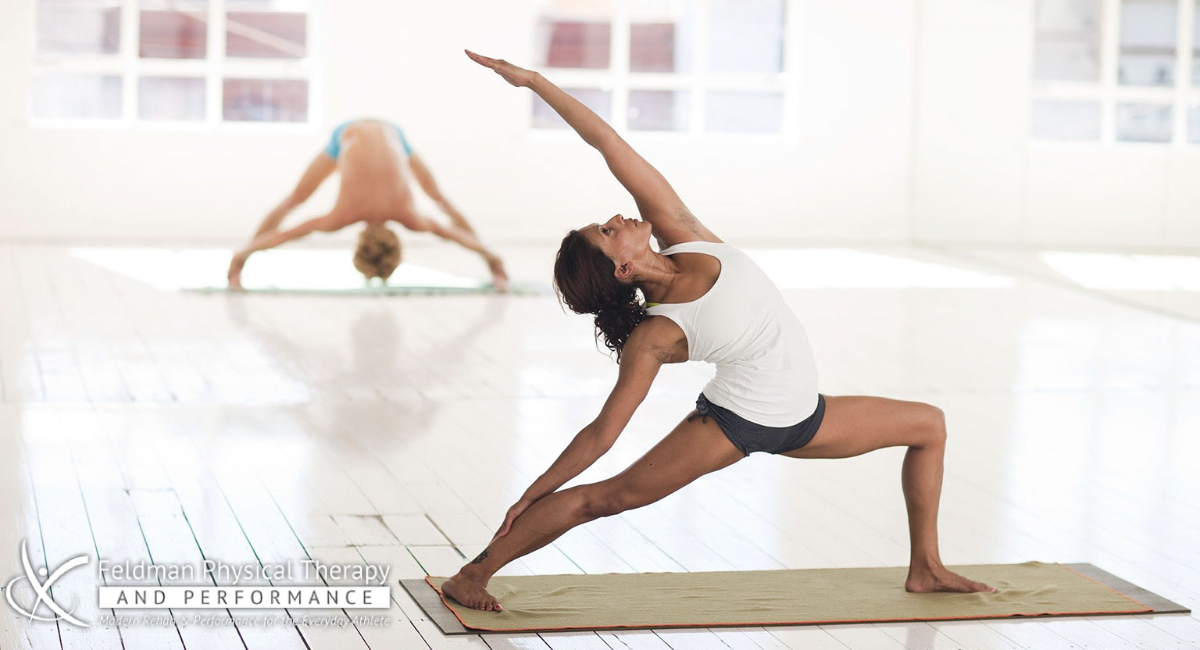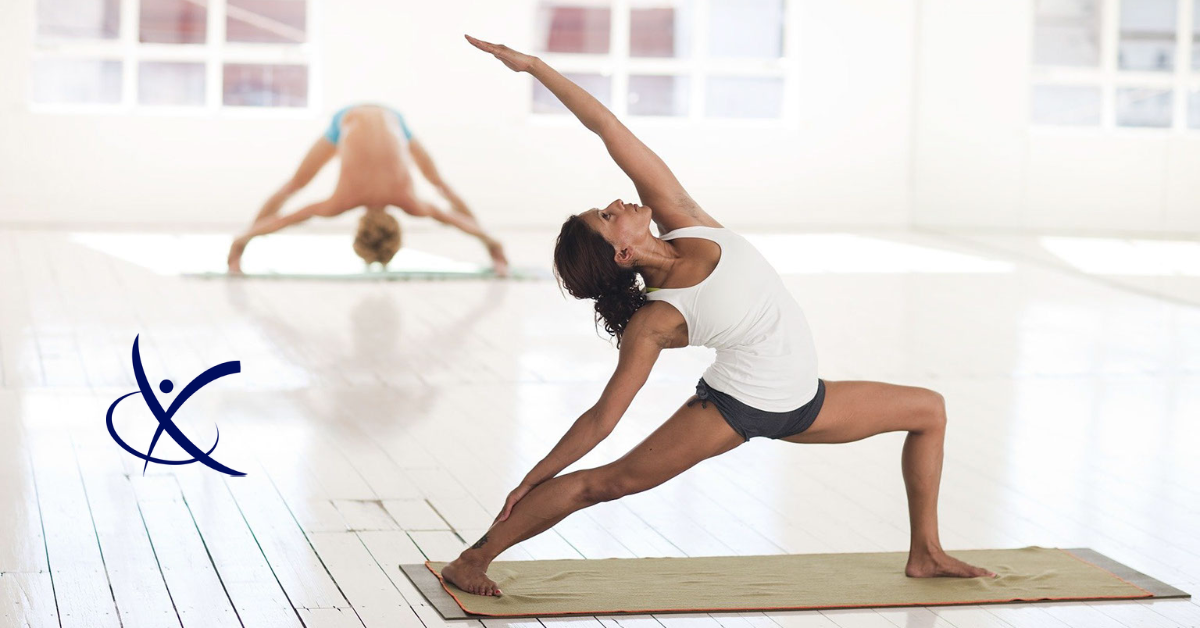
Physical Therapists Have a Role in Your COVID-19 Recovery, Here’s Why
November 29, 2020
Why Your Arthritis May Not Be the Pain Culprit
December 14, 2020To Stretch or Not to Stretch
I’m less concerned that you can’t touch your toes
 The debate about stretching vs not stretching is one that I feel will be around for quite some time. We have written and spoken about this, but it is one of those topics with an abundance of conventional wisdom that can and should be updated, so it’s worth a bit of a tune-up post.
The debate about stretching vs not stretching is one that I feel will be around for quite some time. We have written and spoken about this, but it is one of those topics with an abundance of conventional wisdom that can and should be updated, so it’s worth a bit of a tune-up post.
There used to be this notion that you had to be flexible or had to touch your toes. And in reality, your required amounts of anything, flexibility, mobility, strength, reflexes, etc are directly dependent upon the demands you place on your body. There is no baseline normal for anyone. There is no X amount that is proven to be better than another amount. And more is not always better with the body. There are strength needs and there are mobility needs. Your muscles need to be strong enough to lengthen completely, and that has far more impact on your injury risk than just being “more” flexible. Or put another way, if your muscles can lengthen “X” amount then they also need to be strong throughout that entire length as well. And you cannot be strong in a particular range of motion unless you perform overloaded stress movements in that particular range. So if you only do bicep curls through the upper half of the movement, you’ll never be strong enough at the bottom half as your muscle/tendon lengthens all the way down, and your risk of injury increases.
The ideal scenario for anyone who wishes to move better and decrease their risk of injury is to strengthen your muscles as you lengthen them. Not just lengthen them and stretch for the sake of an arbitrary notion. And not just strengthen without ensuring the muscles can cycle through their entire required range. If you introduce new length to a muscle, you must, I repeat, MUST integrate that new length into the movement patterns of your body and strengthen it accordingly. Otherwise, you are at increased risk or injury at worst, and setting yourself up for poor performance at best.
The examples I like to use are rubber bands, tape, and rope. Rope doesn’t stretch that much. It’s super strong, but not too mobile; too much pull to try and lengthen it will snap it. This is too much strength and not enough ability/tolerance to lengthening. On the other hand, a piece of electrical tape is like having too much ability to lengthen and not be strong. If you pull, it stretches and stretches and finally rips. It doesn’t resist the excessive lengthening enough and isn’t strong throughout the entire range.
But now let’s consider the rubber band. It stretches but recoils back. It resists the excessive lengthening fairly well and it is strong throughout. That is probably the best of both worlds and the line of best fit. I realize these analogies are not perfect, as even the rubber band can be ripped, but the reality is that even a healthy muscle is at the mercy of physics and can rupture during excessive loads.
That’s the “why.” The “what” and the “how” circle back to the ever-growing library of exercises and drills at our disposal. Generally, eccentric exercises are some of the best to improve length while under tension. So I think a good next step would be to provide some examples. My suggestion? Check out our social media 😉
Happy Training!





